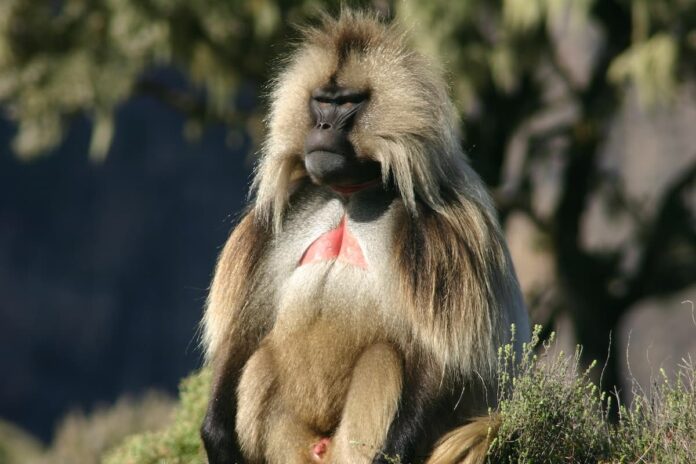Apes and monkeys are like the closest relatives to humans, but with extra gifts from nature. There are dangerous apes out there that are super large and aggressive enough to take down an average human effortlessly. There are also other smaller apes that can still cause threats to humans when they attack. That is why we should be aware of those strong and dangerous apes that we might see from time to time. So here we have 7 most dangerous apes and monkeys that are dangerous to people that you should know.
1Cape Baboon
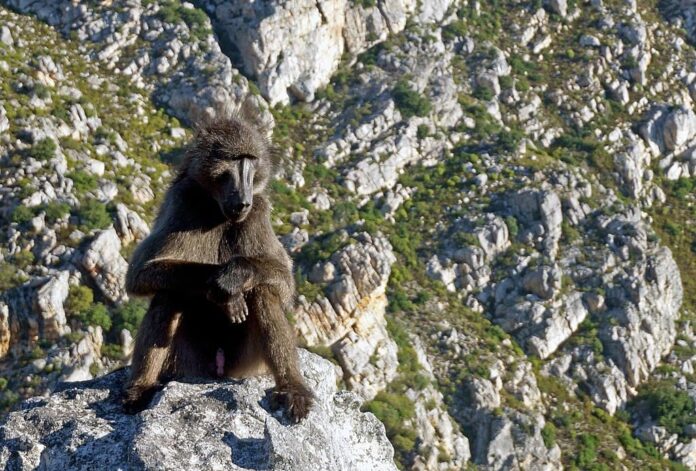
These are among the largest monkeys as well as one of the most dangerous monkeys to avoid. This type of baboon lives in a troop consisting of multiple adult males, adult females, and their offspring. Their troops can be very aggressive and dangerous, and they usually attack as a group. The one mistake to do with these baboons is feeding them because they will see people as a source of food. There are many people who claimed to have been attacked by cape baboon, and the wounds were nasty.
2Chimpanzee
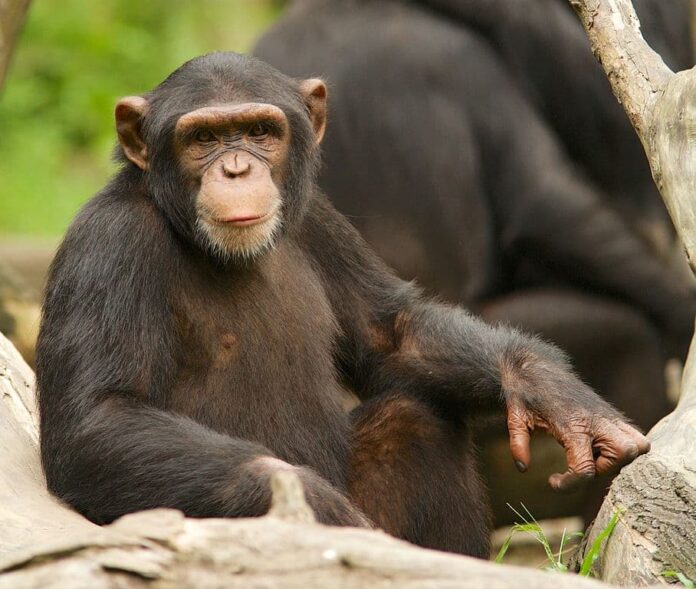
It comes as a surprise to know that chimpanzees are one of the most dangerous apes we should avoid. That is because there are many people who have chimpanzees as pets and companions at home. Bear in mind that chimpanzees are wild animals, there is always a high chance that they will attack if the owners don’t train them well. There have been many records of pet chimpanzees attacking their owners and causing serious wounds.
Chimpanzees are very aggressive in the wild, and they also commit infanticide and kill other males. The chimps are also very strong, and they have big canine teeth that can tear flesh with their bites. When attacked, they go for the face, hands and feet, and even testicles. Chimpanzees might be cute as babies, but so are tiger cubs. That is why you should not have them as pets unless you are a very skilled trainer.
3Gelada
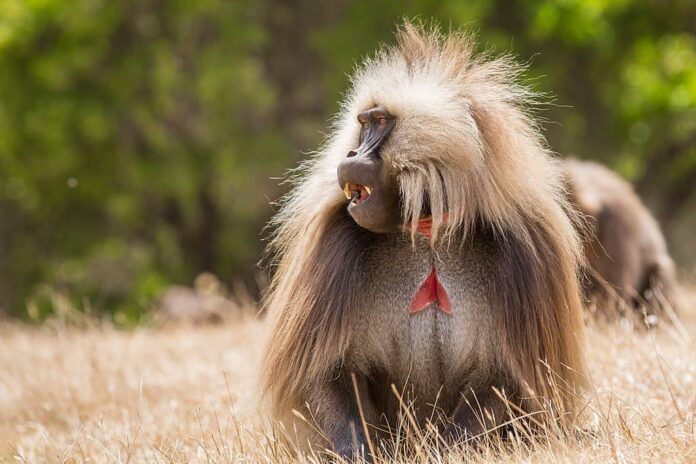
With giant manes and weird flat faces, geladas are actually very calm and peaceful. But they are gifted with sharp teeth that cut deep into the flesh when biting, so maybe you want to stay away from one. Monkeys are apes are quick, and that is one of the things that make them dangerous. Gelada has been known to attack humans in the wild, savagely and violently. None of us would want to be bitten by those canines and teeth, right?
4Gorilla
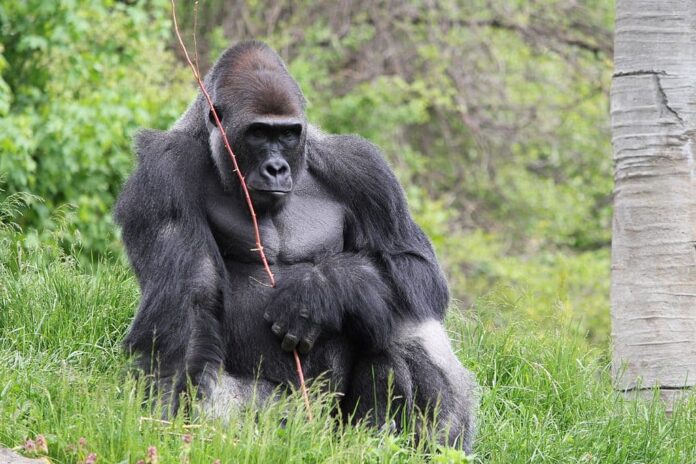
Meanwhile one of the largest and strongest apes that we are looking at here is the least dangerous to humans. Gorillas are actually very shy and reserved towards people, and they only attack if threatened or provoked. Such things occur when the person behaves in the wrong way in their territory. And gorillas always give warning before they attack which means they give chances for us to go back because they don’t want problems.
By wrong behavior, it includes showing your teeth, making unexpected movements, or running away. When encountering a gorilla, a person should behave submissively by crouching down and looking at the ground to let the gorilla go. Remember that running away equals provoking, and you will see an angry gorilla behind your back. There are small chances you can outrun a gorilla, and the attack leaves a deep wound.
Gorillas live in groups with a dominant male silverback controlling several females and youngsters. If another male approach, the silverback will try to drive them off by making threatening displays like grunting, hooting, and chest pounding. If those do not work, he may attack; and the losers do not survive most of the time.
5Macaque
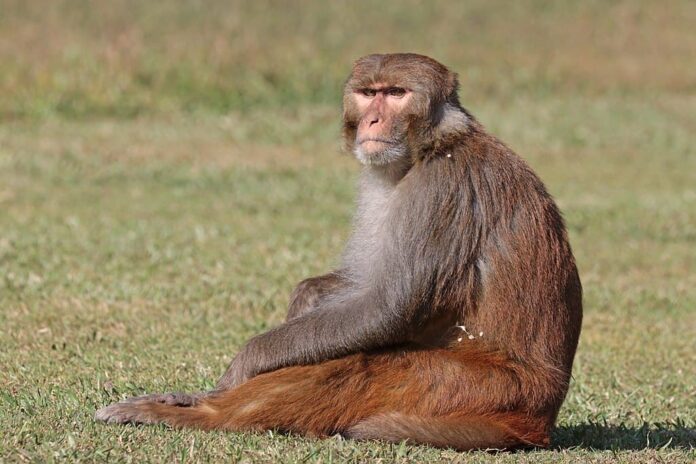
There are many different other species of macaque, and a majority of them are dangerous to humans. Just like mandrills, macaques also live in a troop with a mixture of 20 to 200 males and females. The main thing that you should take note of about these dangerous monkeys is that they carry the herpes B virus. Just one bite, and the virus will be transmitted to you.
Macaques also have been known to steal and attack young kids and babies as well. Earlier this year in March, the monkey had entered a house in Orissa and kidnapped a baby. The baby was later found dead in a well, and this is one of the rarest cases to occur.
6Mandrill
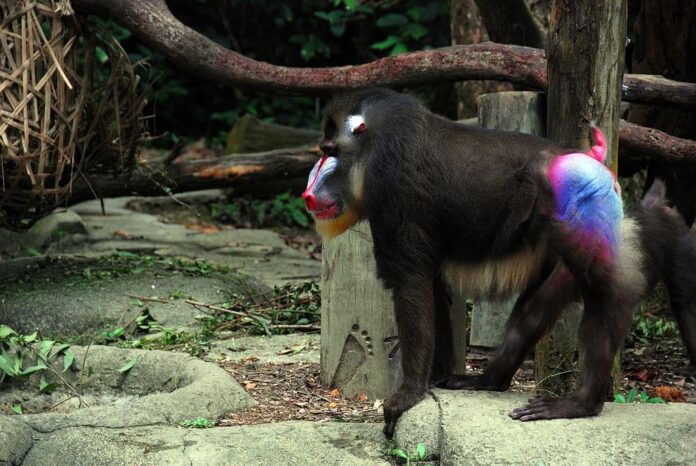
Mandrills are very easy to recognize as you can see by their red-blue nose and sharp teeth. The size of a mandrill can be medium and large, and their closest relative is the baboon. This type of primate is sociable, and they live in large groups known as a troop. The troop generally consists of females and young led by a single dominant alpha male. Male mandrills are likely to be more aggressive than females, and their teeth cut deep wounds, just so you know.
Mandrills are aggressive wild monkeys that never hesitate to attack when encountering beings they considered dangerous. They usually show their large front teeth as a warning sign to their enemies. There are fewer attacks by mandrills on humans because they live in woodlands and forests which are rarely seen by humans. They are now endangered due to hunting and habitat loss, unfortunately.
7Olive Baboon
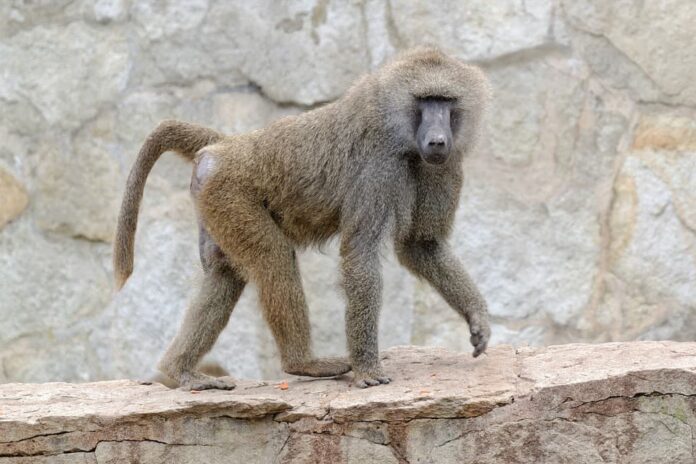
This type of baboon also lives in a troop with up to 150 members, and they can be highly aggressive toward any threat. Male olive baboons have long canine teeth along with a great sense of hearing, smelling, and seeing. When there are predators, the troop will aggressively charge with their jaws and arms to take down the predators.
As for female olive baboons, they tend to be more aggressive after giving birth. That is because newborn baboons face many dangers, one of which is being killed by other males to mate with the mother. But at the end of the day, olive baboons are very aggressive toward humans. Apart from their main predators, hunting, poisoning, and habitat loss are also major threat to their population.
Related Post: Dangerous Turtles

